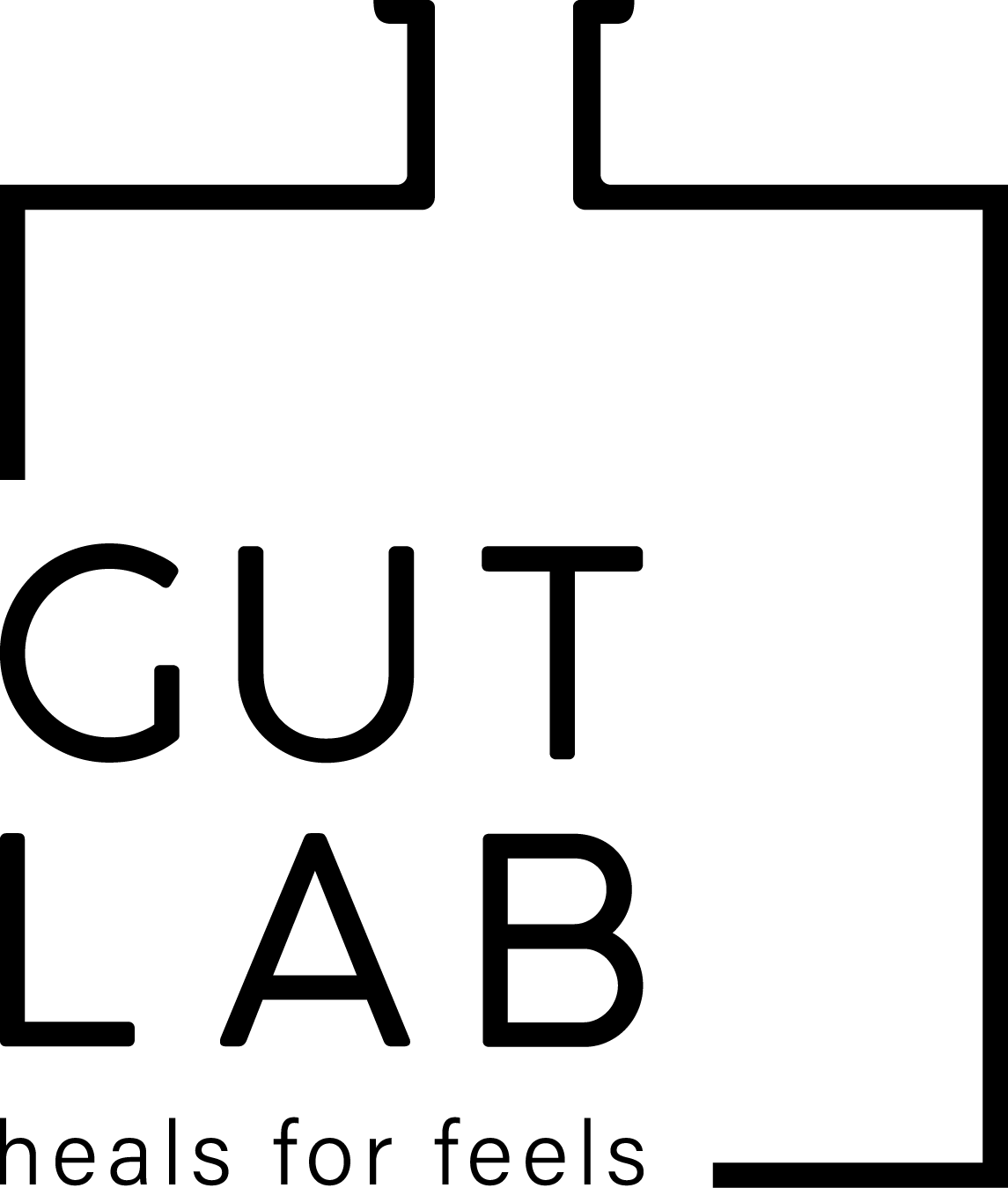Natural alternatives for pharmaceutical antibiotics
…to help you recover without destroying your microbiome.
The word ‘antibiotics’ literally means ‘anti-life’. Antibiotics destroy both the good and the bad microbes which make up our gut microbiome. Without a healthy gut microbiome, your immune system diminishes (because 70%+ of your immune cells are produced in the gut). You end up getting sick more often. Plus, when antibiotics destroy your microbiome, it leaves your gut vulnerable to pathogenic microbes proliferating, making it harder to restore microbiome health later. Here are some natural alternatives.
1. Garlic
Before pharmaceutical products came to market, garlic was nature’s antibiotic, used widely. The organosulphur compound ‘allicin’ found in garlic boosts immune strength by fighting pathogens and speeding up recovery. It’s power increases when garlic cloves are crushed and left to sit for 10-15 minutes. ‘Diallyl sulfide’ gives garlic it’s scent and flavour, and slows the progression of cancer cells.
2. Colloidal silver
Colloidal silver is a powerful antibacterial, helpful for treating infections of the ears and throat, pink eye, acne, sinus infections, chest infections, insect bites, food poisoning and even viruses. It helps accelorate wound healing and prevents scars. It can be added to drinking water, sprayed onto affected ares (e.g. eyes), or gargled. It’s safe for infants and children of all ages. Because it is virtually tasteless, it is great for kids.
3. Oil of oregano
Classified as one of the strongest anti-microbial oils. Effective for immune support including colds, flus, viruses, infections, parasites, fungi, mold, strep throat, bacterial pneumonia, ringworm, athletes foot, bronchitis, croup, and more. Best used in tiny amounts because it it is so strong, diluted with a carrier oil such as coconut oil (for topical application), or in a glass of water (to drink). Do not consume for longer than necessary, only during acute situations.
4. Chlorine dioxide solution (CDS)
CDS is an oxidant. It adds an oxygen molecule to pathogens and causes them to self-combust. CDS is a yellow liquid which holds the gas chlorine dioxide (CD). It has a neutral pH. It does not contain sodium chlorite (like MMS does). A standard healing dose of CDS is 10ml diluted in 1 litre of water, consumed in 10 equal 100ml parts once every hour, over the course of 10 hours. It is very safe, but please consult with a practitioner knowledgeable in CDS before using it just to ensure correct dosage.
5. Black seed oil
Black seed oil comes from black cumin seeds, also known as Nigella satvia. Research has found it to be comparable to many common antibiotics, without causing any harm. It’s antibacterial and anti-inflammatory properties are due to it’s content of thymol, carvacrol and thymoquinone, which are effective against a wide range of bacteria (including gram positive and gram negative). Black seed oil can help treat ulcers, acne, wounds, asthma, hair loss, arthritis, diabetes and more.
6. Manuka honey
Manuka honey has broad-spectrum antimicrobial activity, unlike pharmaceutical antibiotics. It has a stimulating effect on macrophages, which release substances needed for tissue healing and addressing microbial infections. It can kill bacteria living in biofilms, which are notoriously resistant to antibiotics, including the biofilms of streptococcus (strep throat) and staphylococcus (golden staph infections).
7. Hydrogen peroxide
Hydrogen peroxide is an antiseptic and antimicrobial used to kill bacteria, viruses, fungi and protozoa. HP causes growth inhibition of bacterial species, and destroys pathogenic microorganisms. Examples of how HP works well in addition to common antiseptic uses are as an inhalant in a nebuliser (dilute with water and add a few drops of lugol’s iodine), and diluted in a bath to treat yeast infections.
Please reach out to Sarah to discuss if a consult could help you.




